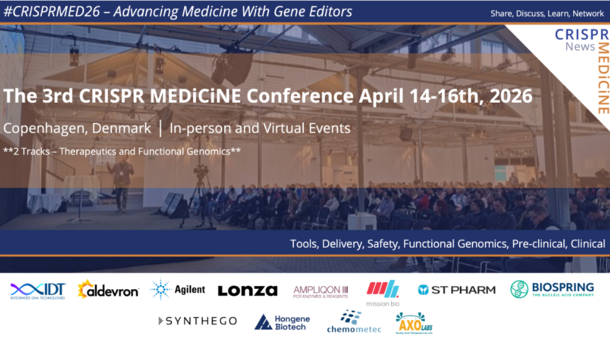Leber congenital amaurosis is an eye disorder that primarily affects the retina, which is the specialized tissue at the back of the eye that detects light and color. People with this disorder typically have severe visual impairment beginning in infancy.
Company
